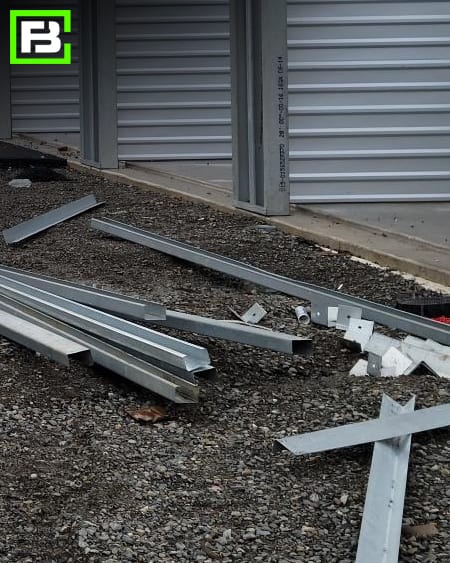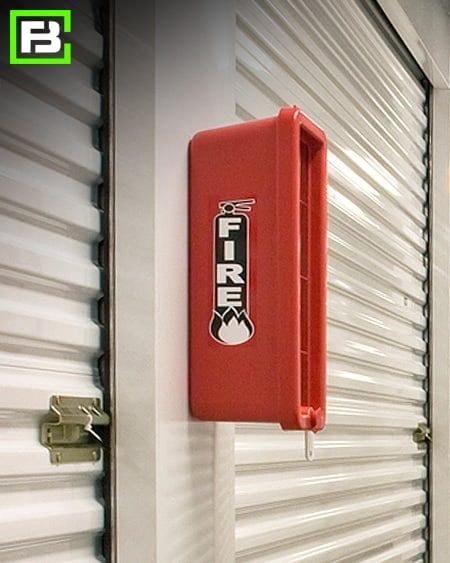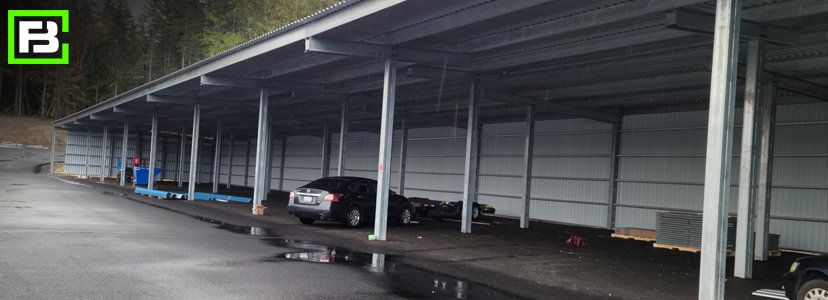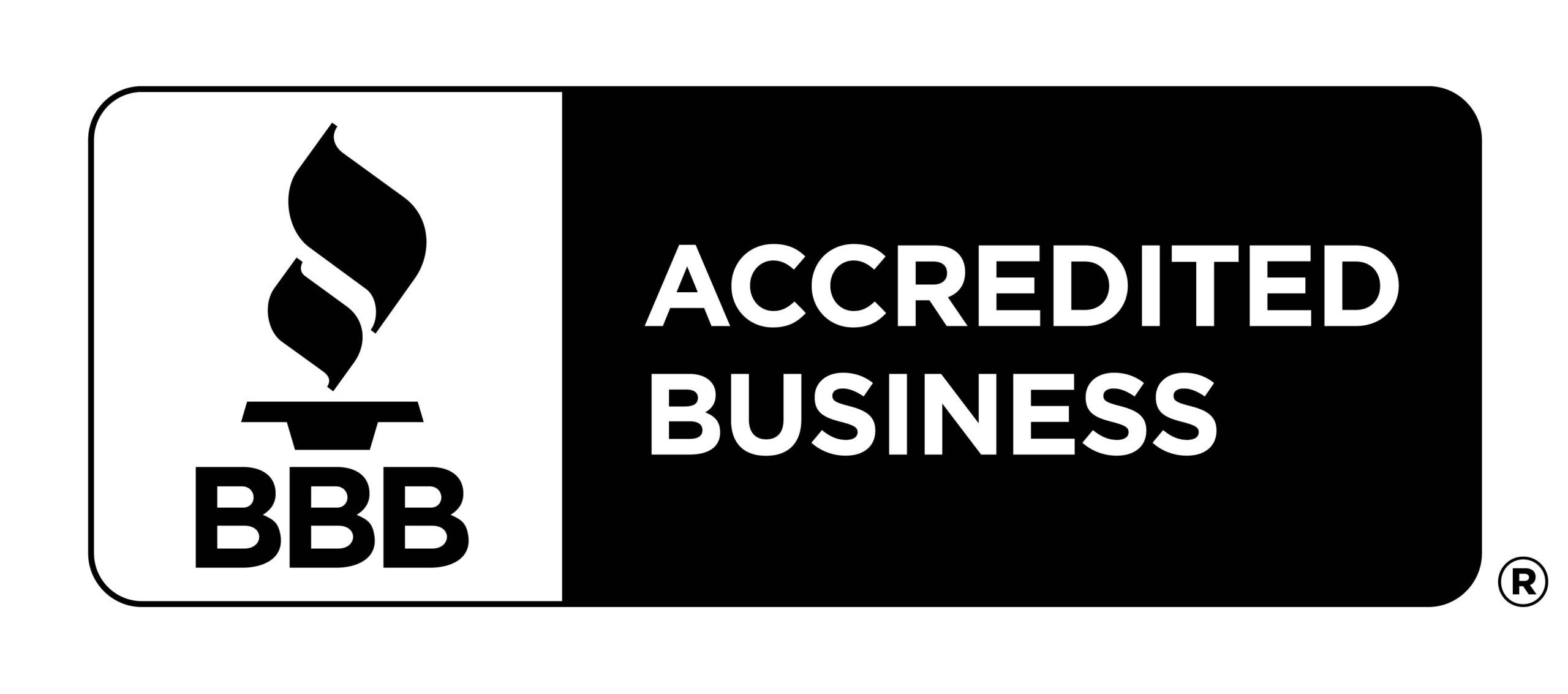Menu

Disaster preparedness has never been more important than it is now. Natural disasters like hurricanes, tornadoes, flooding, or wind and hail can cripple your business. Even man-made events like arson, vandalism, burglary, or pollution exposure can be a significant disaster. Creating a disaster preparedness plan will save you time and money and can be the key to keeping your business going.
The best disaster plans start with a key list of emergency contacts, including fire and police departments, insurance agent, electrician, plumber, and HVAC contractors. In addition, it is key to keep an updated list of tenants, employees, and vendors available, including your steel building contractors. This information should be backed up on a regular basis and retained off-site. A site map or diagram, building plans, and bank account records should also be kept online and/or at an off-site location.
It is important to consider privacy implications when backing up tenant records. It is your responsibility to keep that information safe. If a data breach occurs, you have the duty to notify clients and comply with state and federal regulations. All facilities should consider a cyber liability insurance policy that includes legal services that can assist in determining regulatory obligations and notification requirements.1
 For the safety of your employees, your business should have an emergency kit on site that includes:2
For the safety of your employees, your business should have an emergency kit on site that includes:2
Your facility should have a plan in place for disruption in utility services. Ahead of time, determine what utilities are necessary for continuing your business and contact your local provider to see what back-up options are available for phone service.
To prevent arson, vandals, and burglaries, facilities should consider perimeter fencing at least 6 feet high as well as a surveillance system with a sign advising the facility is monitored. Central station burglar and fire alarms are always recommended, especially for the office.
Another step you can take is to contact your local disaster restoration company to see if they offer a preparedness assessment. Implementing what they suggest could minimize interruption to your business in the event of any sort of disaster.
Your facility’s emergency preparedness plan should be updated regularly. You can review and create your own plan at www.ready.gov.3 This plan should be shared with your insurance agent who will use this information to present your facility to underwriters for the most competitive insurance policy available. The more information you provide to your agent regarding disaster preparedness, safety features, and updates to plumbing, heating & electrical, and roofing, the better an underwriter can use this information to justify applying credits to your insurance premium.

Firstly, tenant access to your facility should be restricted if an extreme weather situation is pending. Only emergency personnel should be allowed on site during a storm or disaster. Call the fire department immediately and evacuate the premises if there is a fire. All facility employees should be trained on the proper use of fire extinguishers. Employees must understand the safe use of fire extinguishers and be instructed never to try to fight a spreading fire.
When the facility is safe, the owner should do whatever is necessary to protect the buildings from further damage. Ensure the property is secure, contact local authorities, and then call your insurance agent to report the claim. Make sure to take photographs of all damage.
The next key item is when a situation occurs at your facility that results in damage to your tenants’ property, it is crucial that the tenants be notified immediately. Notice should be made both by phone and by written notice to each tenant's last known address. The notice should explain whether the tenant can recover its property from the facility and, if so, when. Access to a tenant's goods can usually be given unless the damage is so extensive that it would be dangerous for the tenant to enter the facility property. The written notice should also recommend that the tenant notify his or her insurance company.4
It is also extremely important to note that if a disaster cannot be controlled by the facility, most leases and rental agreements will protect the facility owner from tenant claims arising from the loss of their property. Self storage leases typically contain specific language stating that the facility will not be held responsible for the loss of or damage to its tenants' stored property from such natural occurrences or Acts of God. Self storage leases generally provide that the tenant's property is to be stored at their own risk and that the facility does not take care, custody or control of the property stored.
Self storage facility owners should be aware that standardized comprehensive and business liability policies will likely not cover tenant loss and damage claims and therefore they may need to add additional liability insurance for client goods for added protection.
After a loss occurs, the facility owner must protect the property (and the contents) from further damage. All efforts should be made to cover or board up areas that remain open to the elements and rope off damaged areas to protect tenants' property.
Next, an incident report with photographs or video footage documents the loss and your efforts to mitigate further damages should be completed. Finally, it is key to contact your insurance company immediately. Many insurance companies will not be obligated to cover your claims if they are not given reasonable notice of the occurrence and have a chance to investigate it.
Even with the best planning, disasters can cause havoc for self storage facility owners. By implementing a “safety first” policy, a facility owner can often mitigate problems ahead of time. Once the dust has settled from the disaster and safety has been verified, the process can move forward with recovering the tenants' property and repairing the facility. As long as the proper insurance is in place, the financial impact of the disaster can hopefully be controlled.
Once the property is safe for access, facility owners should obtain dumpsters for their clients who have suffered a loss. Damaged property can be removed from the storage units (due to the certain risk of mold and mildew). Extra effort should be made to contact tenants who have not inspected their property within the first week since, after two or more weeks, the risk of mold and mildew on affected property increases. If the tenant doesn’t respond and before any action is taken to dispose of damaged property, the facility owner should again attempt to contact its tenant and work in concert with its insurance company regarding the need to clear the storage building of damaged property.

Additional emergency preparedness resources include:
CDC Emergency Preparedness
FEMA
Ready.gov
Red Cross
For assistance in weather proofing and securing your facility, give us a call. Team Forge is here to help ensure your facility is as safe and secure as possible. We will inspect and make sure your roof is secure as well as your hallways and doors. We look forward to helping you ensure you are prepared for any disaster.
Works Cited
1 Lamoureux, J. (2022, February 24). World Insurance. Retrieved from World Insurance
2 Silverado Self Storage. (n.d.). Retrieved from Silverado Self Storage
3 Ready. (n.d.). Retrieved from Ready: https://www.ready.gov/
4 Zucker, S. (n.d.). Self Storage Association. Retrieved from Selfstorage.org
